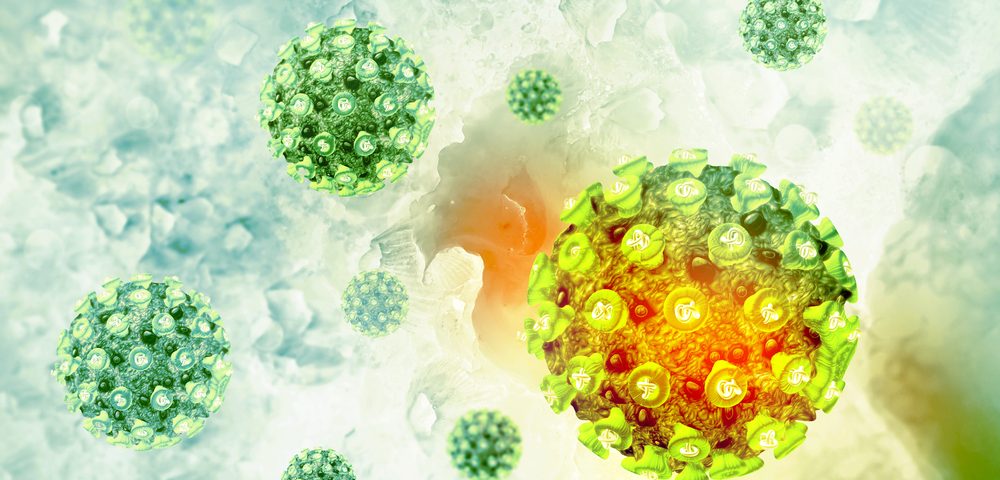A virus that infects only mesothelioma cells producing a specific growth factor could be used to treat malignant pleural mesothelioma, according to a Japanese study that reported the therapy generated slight improvements in mice.
Although the treatment was also found to be safe — it produced no excessive immune reactions — researchers said more studies are needed. A key focus should be whether the approach leads to the formation of antibodies that prevent the virus from working, the team said.
The study, “Vascular endothelial growth factor promoter‐based conditionally replicative adenoviruses effectively suppress growth of malignant pleural mesothelioma,” was published in the journal Cancer Science.
Viruses that are unable to spread are commonly used in gene therapy. They have also been tested to deliver mesothelioma treatment to the pleural cavity, or fluid-filled space between the lungs.
Pleural mesothelioma spreads along the pleura, or membranes lining the cavity. Injecting a treatment into the cavity ensures it reaches the tumor.
But researchers at Kyushu University in Japan noticed that viruses that are unable to spread reach only superficial parts of the tumor, limiting the benefits of treatment.
They designed a virus that was able to infect cells and spread. It was able to do so only in cells that express vascular endothelial growth factor, or VEGF, however. Mesothelioma is known to produce high levels of the molecule.
Experiments in lab-grown cells have shown that the virus killed tumor cells, but was not equally effective in all mesothelioma cell types. So the Kyushu team injected mesothelioma cells that had been infected with the virus into mice.
While mice injected with control cells developed mesothelioma and died within 50 days, the virus prevented mesothelioma formation, allowing mice to survive throughout the study.
To mimic real-life circumstances, the team tested whether the virus could suppress tumor growth in mice which already had tumors. One injection of the virus into some of the mice’s pleural cavities slightly improved their survival, compared with control mice, but the difference was not statistically significant.
The mice did not appear to have side effects from the treatment. The research team examined the animals’ organs to see if the virus triggered damage outside the tumor. They noted a mild increase in inflammation in the pleural space, but no damage.
Since a virus can trigger the production of antibodies, further studies are needed to examine if such an immune response could prevent the treatment from working.


